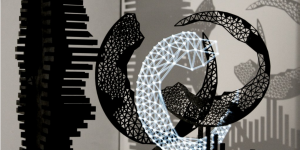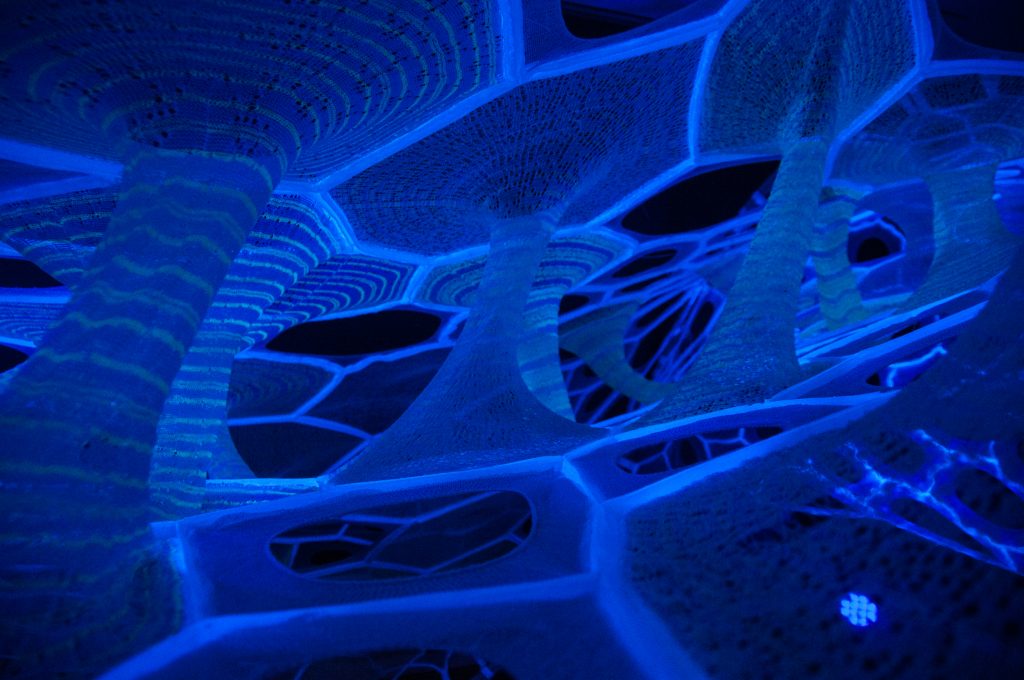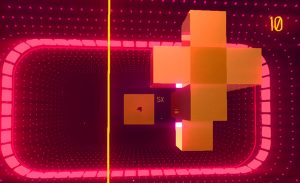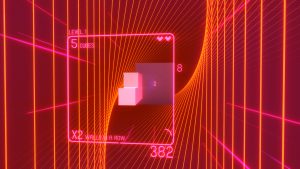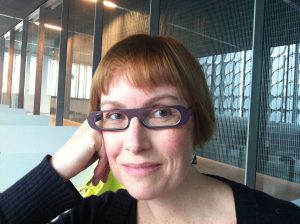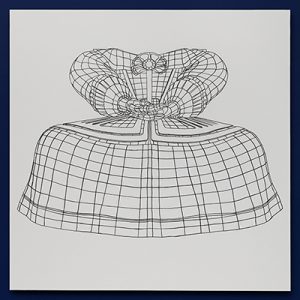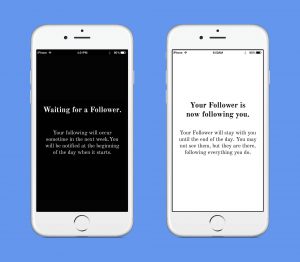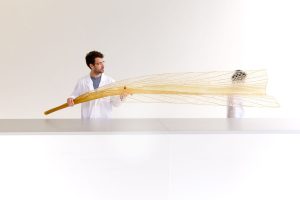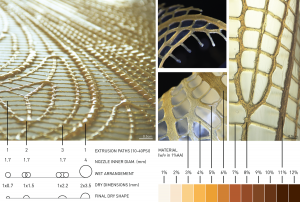I looked at a project by Kimchi and Chips, a Seoul-based art studio founded by Mimi Son and Elliot Woods. Their projects play with material and immaterial modes of existence, and combine the disciplines of code, form, material, concept, and mechanism.
Mimi Son was born in Seoul and currently lives and works there. She has taken on the roles of designer, curator, professor, storyteller, and artistic director in various countries and institutions. She has a master’s degree in Digital Media Art and Design at MiddleSex University and Interaction Design at CIID. She is currently the Adjunct Professor at Ehwa Women’s University in Seoul, and works at Kimchi and Chips at the same time.
I found their project Litescape intriguing because it attempts to make a 3D representation of something we usually cannot experience in visual depth- sounds. By using a 3D projection system based on the original Wiremap project by Albert Hwang, Litescape allows motion graphics and visual information to take physical, visible form, occupying the same real world measurable space as its audience. I think it does a good job of immersing its audience into the unique environment of sounds, light, color, and depth. It’s really interesting to me that they tried to quantify, or rather, give physical attributes to a thing so naturally abstract, such as sound. Sound is something we constantly experience, and I think this installation accentuates just how much vividness and depth sounds are capable of, by illustrating them in a different, colorful, visual way.
http://www.kimchiandchips.com/#litescape
Litescape 3D from Elliot Woods on Vimeo.

![[OLD FALL 2017] 15-104 • Introduction to Computing for Creative Practice](../../wp-content/uploads/2020/08/stop-banner.png)
